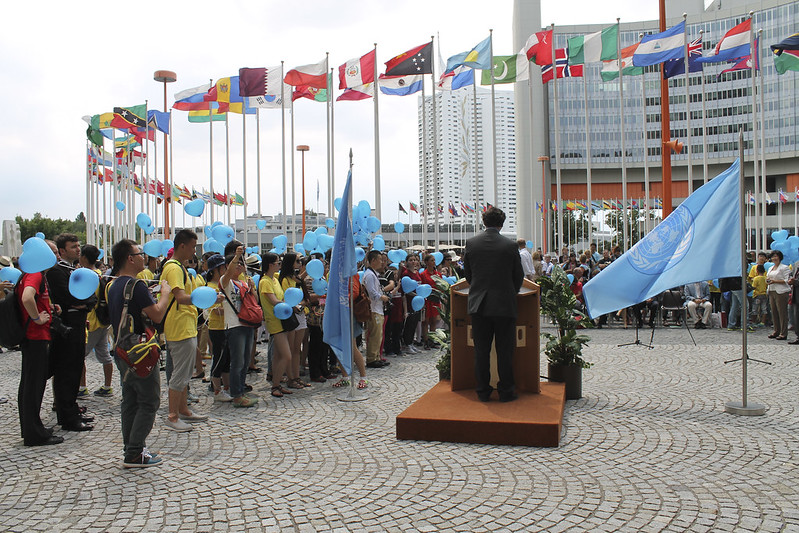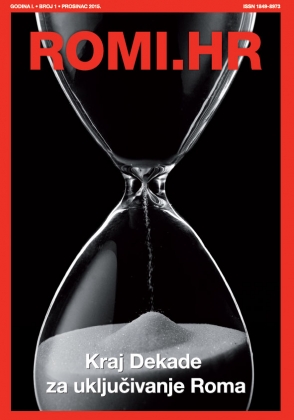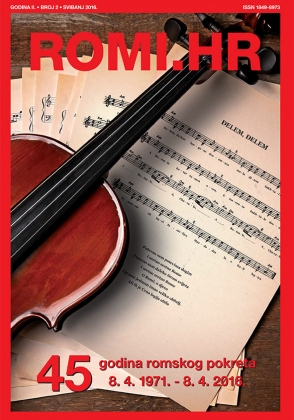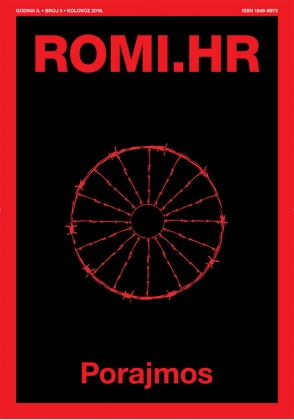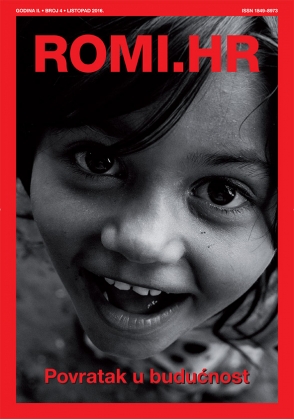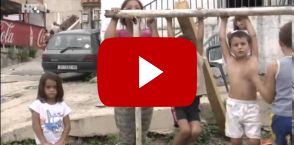Fokus ROMI.HR
/Prijevod: Antonia Mudrovčić
Trgovina ljudima ozbiljno je kazneno djelo i grubo kršenje ljudskih prava. Svake godine tisuće muškaraca, žena i djece padne u ruke trgovaca ljudima, kako u zemlji tako i u inozemstvu. Trgovini ljudima i ropstvu najčešće su najizloženije socijalno ugrožene i ranjive osobe, one koje imaju neredovita primanja i ograničen pristup obrazovanju. Romi često pripadaju ovoj društvenoj skupini.
Posljednje Globalno izvješće UN-a o trgovanju ljudima iz 2020. otkrilo je da je posvuda u svijetu svaka treća otkrivena žrtva trgovine ljudima dijete. Međutim, čini se da se obrasci o dobnom profilu žrtava drastično mijenjaju u različitim regijama. Djeca su češće žrtve u siromašnijim zemljama, u usporedbi s onim bogatijima. U bogatijim su zemljama odrasli češće žrtve trgovine ljudima od djece. Te bi razlike mogle biti rezultat različitih fokusa kaznenog pravosuđa u različitim dijelovima svijeta. Može se zaključiti da se čini da je priroda trgovine djecom u zemljama s niskim dohotkom dio šireg fenomena dječjeg rada. U zemljama s visokim dohotkom to je više povezano sa seksualnim iskorištavanjem djece.
Prije deset godina države članice UN-a zajedno su odredile 30. srpnja kao Svjetski dan borbe protiv trgovanja ljudima u nastojanju da “podignu svijest o položaju žrtava trgovanja ljudima te promiču i zaštite njihova prava”. Trgovina ljudima definirana je kao "ilegalna trgovina, prodaja i iskorištavanje ljudi za rad ili seks. To je proces kojim se osobi oduzima sloboda [i ona] postaje tuđe vlasništvo.” Međunarodna organizacija rada (ILO) procjenjuje da je više od 25 milijuna ljudi danas u svijetu žrtve prisilnog rada i seksualne trgovine. Djeca čine gotovo trećinu ovog poraznog broja, a žene i djevojčice čine 71% svih žrtava. I među žrtvama seksualne trgovine većina žrtava bile su žene i djevojke. Značajan broj Romkinja i Romkinja također su žrtve trgovine ljudima u seksualne svrhe. Na to utječe složen socioekonomski kontekst u kojem većina Roma živi. Tradicija ranog stupanja u brak nažalost utječe i na ovaj problem za Romkinje.
U 2022. godini glavna tema Svjetskog dana borbe protiv trgovanja ljudima usmjerena je na žrtve trgovanja ljudima. UN naglašava važnost slušanja žrtava i učenja od njih. Kampanja predstavlja žrtve kao ključne aktere u borbi protiv trgovanja ljudima i naglašava njihovu ključnu ulogu u razvoju učinkovitih mjera za njegovo sprječavanje u budućnosti. Također je važno identificirati i spasiti žrtve i podržati ih na putu rehabilitacije.
Nažalost, neke se žrtve trgovine ljudima suočavaju s neznanjem i nerazumijevanjem u svojim pokušajima traženja pomoći. Neki su također imali traumatična iskustva nakon što su spašeni. Većina se dogodila tijekom identifikacijskih razgovora i sudskih postupaka. Oni su se ponovno suočili s pozicijom žrtve i kaznama za zločine na koje su ih natjerali trgovci ljudima. Drugi su bili stigmatizirani ili su dobili neadekvatnu podršku.
Human trafficking is a serious crime and a gross violation of Human Rights. Every year thousands of men, women and children fall into the hands of traffickers, both at home and abroad. The most exposed to trafficking and slavery are usually the socially disadvantaged and vulnerable people, those who have irregular incomes and limited access to education. Often, Roma belong to this social groups.
The latest Global Report on Trafficking in Persons by the UN from 2020 revealed, that everywhere around the world, one in every three victims of human trafficking detected is a child. Patterns about the age profile of the victims, however, appear to change drastically across different regions. The detection of children account for a significantly higher proportion in low income countries when compared to high income countries. As such, wealthier countries tend to detect more adults than children among the trafficking victims. These differences could be the result of varying criminal justice focuses in different parts of the world. It can be concluded that the nature of child trafficking in low-income countries seems to be part of the broader phenomenon of child labour. In high-income countries, it is more related to child sexual exploitation.
Ten years ago, UN member states came together to designate July, 30th as World Day Against Trafficking in Persons in an effort to “raise awareness of the situation of victims of human trafficking and promote and protect their rights.” Human trafficking is defined as “the illegal trading, selling, and exploitation of people to use them for labor or sex. It is a process by which a person’s freedom is taken away, [and they] become enslaved by others.” The International Labour Organization (ILO) estimates that over 25 million people today are victims of forced labor and sex trafficking globally. Children make up almost a third of this devastating number, and women and girls account for 71% of all victims. And among sex trafficking victims majority of victims were women and girls. A significant number of Roma women and girls are also victims of the sex trafficking. This is influenced by the complex socio-economic context in which most Roma live. The tradition of early marriage unfortunately affects this problem for Roma girls as well.
In 2022, the main theme of World Day Against Trafficking in Persons focusses on victims of human trafficking. The UN highlight the importance of listening and learning from victims. The campaign introduces victims as key actors in the fight against human trafficking and underline the crucial role they play in developing effective measures to prevent it in the future. It is also important to identify and rescue victims and support them on their way to rehabilitation.
Unfortunately, some victims of trafficking face ignorance and misunderstanding in their attempts to seek for help. Some have also had traumatic experiences after being rescued. Most occurred during identification interviews and court proceedings. They faced re-victimization and punishment for crimes they had been forced to commit by traffickers. Others were stigmatized or received inadequate support.
 Povratak na Fokus
Povratak na Fokus

